The Wi-Fi as a Service Market is currently characterized by a dynamic competitive landscape, driven by the increasing demand for seamless connectivity and the proliferation of IoT devices. Major players such as Cisco Systems (US), Aruba Networks (US), and Ruckus Wireless (US) are strategically positioning themselves through innovation and partnerships. Cisco Systems (US) has focused on enhancing its cloud-based offerings, while Aruba Networks (US) emphasizes its AI-driven solutions to optimize network performance. Ruckus Wireless (US) is leveraging its expertise in high-density environments, catering to sectors like hospitality and education. Collectively, these strategies not only enhance their market presence but also contribute to a more competitive environment, where technological advancement is paramount.
In terms of business tactics, companies are increasingly localizing manufacturing and optimizing supply chains to respond swiftly to market demands. The competitive structure of the Wi-Fi as a Service Market appears moderately fragmented, with numerous players vying for market share. However, the influence of key players remains substantial, as they set benchmarks for service quality and innovation, thereby shaping customer expectations and industry standards.
In August 2025, Cisco Systems (US) announced a strategic partnership with a leading cloud service provider to enhance its Wi-Fi as a Service Market offerings. This collaboration aims to integrate advanced analytics and machine learning capabilities into their services, thereby improving network management and user experience. The strategic importance of this partnership lies in its potential to provide customers with more robust, data-driven insights, which could significantly enhance operational efficiency and customer satisfaction.
In September 2025, Aruba Networks (US) launched a new AI-powered analytics platform designed to optimize Wi-Fi performance in real-time. This platform not only addresses the growing need for reliable connectivity but also positions Aruba as a leader in the integration of AI within network management. The introduction of this technology is likely to attract enterprises seeking to enhance their digital infrastructure, thereby reinforcing Aruba's competitive edge in the market.
In July 2025, Ruckus Wireless (US) expanded its service portfolio by acquiring a smaller firm specializing in smart building technologies. This acquisition is strategically significant as it allows Ruckus to offer integrated solutions that combine Wi-Fi services with smart building capabilities, catering to the evolving needs of modern enterprises. Such moves indicate a trend towards convergence in the market, where companies seek to provide comprehensive solutions that encompass both connectivity and smart technology.
As of October 2025, the competitive trends in the Wi-Fi as a Service Market are increasingly defined by digitalization, sustainability, and the integration of AI technologies. Strategic alliances are becoming more prevalent, as companies recognize the value of collaboration in enhancing service offerings and expanding market reach. Looking ahead, competitive differentiation is likely to evolve from traditional price-based competition to a focus on innovation, technological advancement, and supply chain reliability, as companies strive to meet the complex demands of a rapidly changing digital landscape.
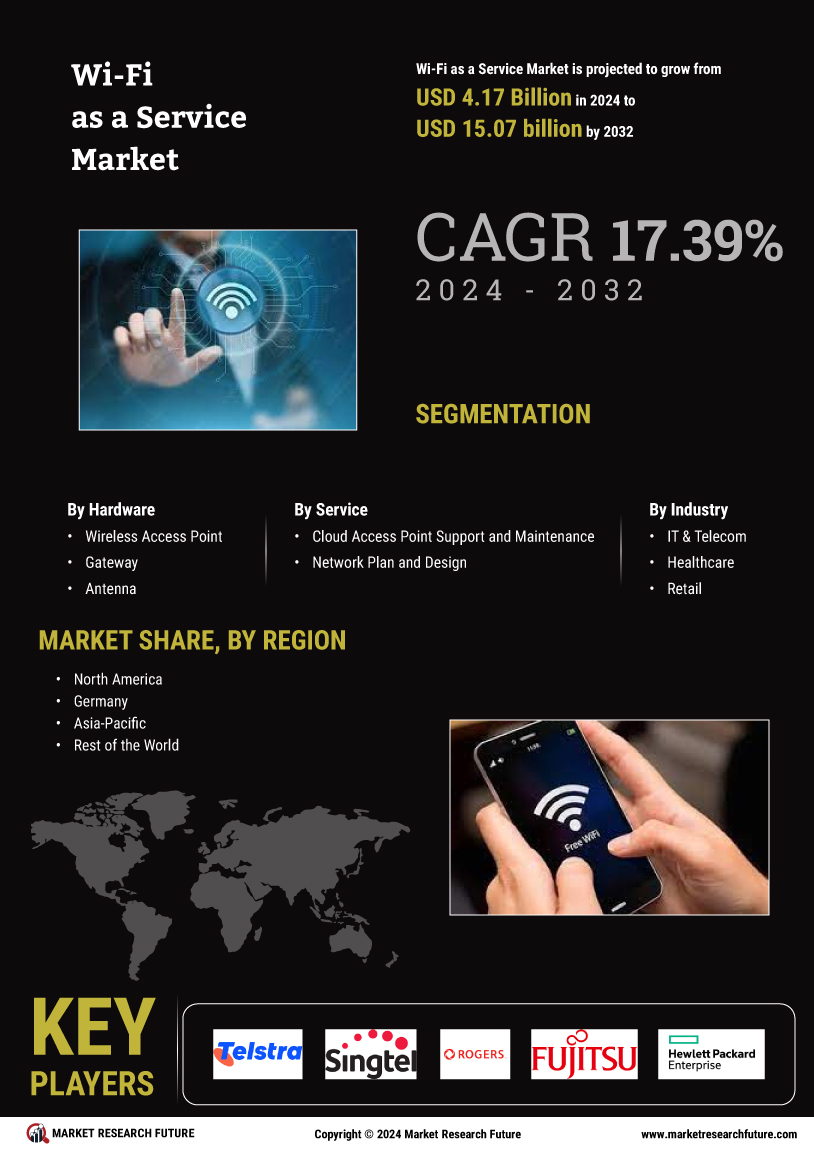

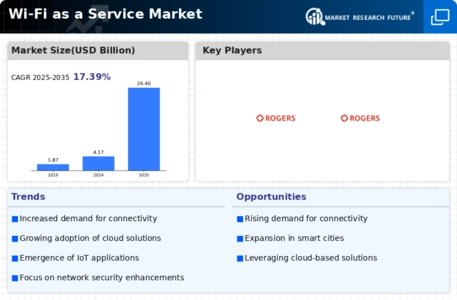
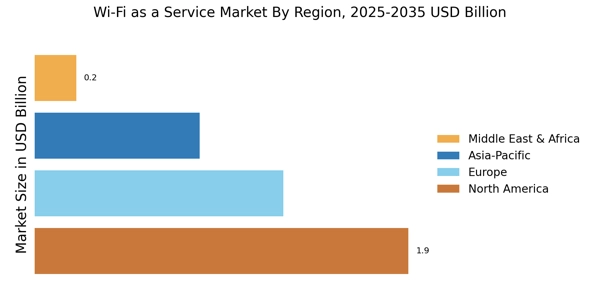


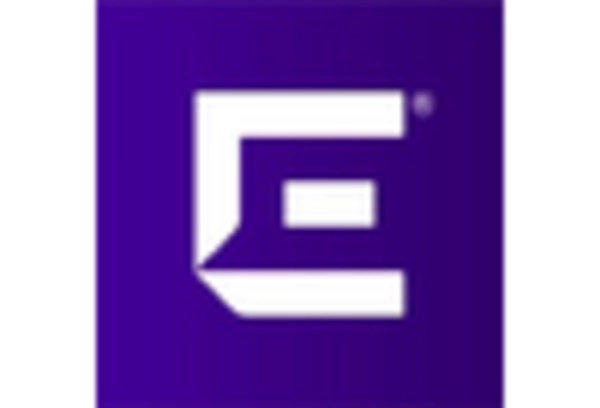

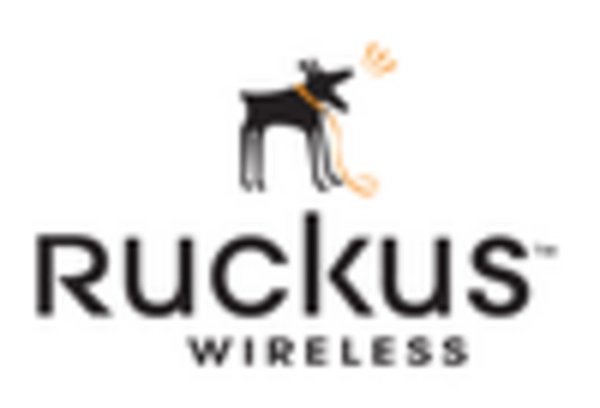









Leave a Comment